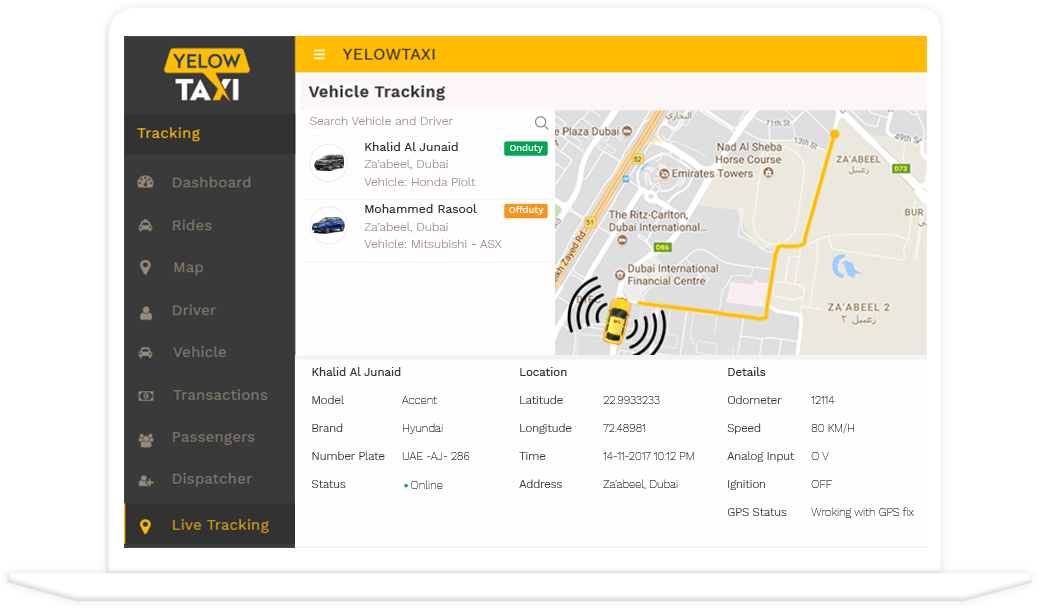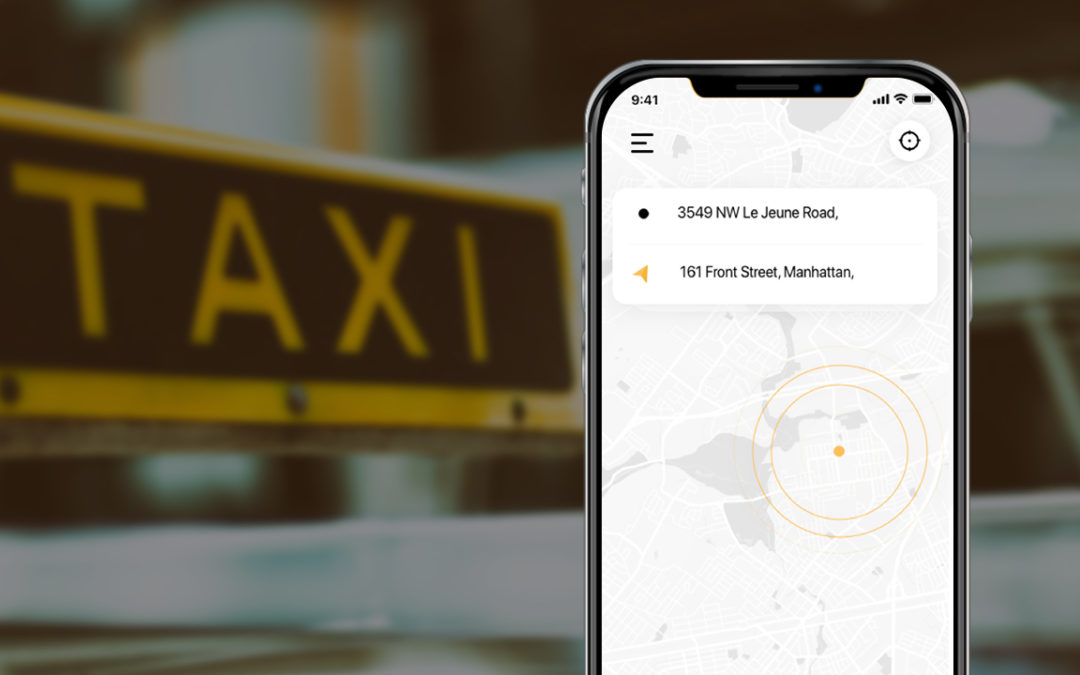Introduction of Online Taxi Booking Ecosystem
Over the last few years, the concept of traditional taxi services has become almost non-existent. Evolution of incredible has taken over the market by a storm.
In a lot of places, especially metropolitan cities, the concept of hiring a taxi has become extremely prevalent. Hiring a taxi not only falls cheaper than owning your car but it also spares you from the troubles of jam-packed roads and car repairs. Moving on, companies like Uber, Ola, Lyft, and more have made getting a ride just one tap away. These apps have dominated the market and are certainly here to stay.
So, if you are looking to venture into your taxi booking service app, there is no better time than today. In this article, we will look at the various taxi apps available out there and how they are developed. Finally, we shall also delve into the cost aspect of . Let’s begin.
Market Size and Stats
The market for taxi booking mobile apps has witnessed significant growth in the past few years. New apps have bourgeoned to enhance people’s experience of hiring a taxi. However, out of the lot, one app that has shown incredible success is Uber.
Garnering worldwide recognition, the company has touched the pinnacle of success in less than a decade, commanding a noteworthy global market value of $72 billion.
Other Key Uber Statistics are:
Besides, the global taxi booking service market was valued at $36,450 million in 2017. This is anticipated to reach $126,521 million by 2025, marking a CAGR of 16.5% from the year 2018-2025.
Types of Taxi Booking Apps
Broadly, there are two types of taxi booking apps:
Dedicated Taxi Booking App
This type of taxi booking app is an extension of your taxi business. It is suited to established taxi businesses who already own a fleet of cars and drivers. By launching their very own taxi service apps, these business owners make it easy for their customers to book a ride. At the same time, they gain the opportunity to reach a wider base of customers.
In such apps, the customers simply need to input their location, pay the service’s hourly tariff and select their preferred car. These types of apps require a server that can handle multiple customer requests at the same time and deliver taxis to the customers in the shortest time frame.
Taxi Aggregator Mobile App
Well, this is exactly the model Uber operates on.
Meant for the newbies, this type of is for people who are starting in the business of taxis and do not already own a fleet of cars. In this, you can offer a mobile booking service for taxi drivers. Now there are two primary ways of doing it – simple and complex.
Simple Cab Booking: In a simple solution, you only need a single app for the customers that enlist the different taxi services along with their commercials. Such an app requires the integration of features that allow the customers to call and order a taxi for themselves directly. Additionally, such apps come with a map that shows all the destinations and provides an approximate fare estimate for the ride based upon the price per unit, mileage, distance, etc.
One of the greatest benefits of these apps is that they do not require a server. However, you need to closely monitor and update the app’s database regularly in order to account for the price fluctuations.
On-Demand Cab Booking (Real-Time): This type of app is much like Uber and calls for a server as well as a lot of investment. These apps are packed with a lot of advanced features, offered in the form of two discrete interfaces- one for the passengers and the other for the taxi drivers. Consequently, you will have ink coalitions with taxi companies or individuals for the same.
Business Model Canvas of Taxi Booking App
How a Typical Taxi Booking Mobile App Works
Typically, a leverages the power of GPS (Global Positioning System) to identify the current location of a customer who is looking for a taxi and notifies the driver nearest to him.
Once the customer generates a taxi booking request, the action prods the nearby taxi driver with a ride notification. Upon acceptance, the users are informed of the precise taxi location along with the estimated time of arrival.
What Feature List should a Taxi Booking App Possess?
Admin Panel
Advanced Features to Keep You Ahead of Competition
The Architecture of Taxi Booking App
Taxi Booking Mobile App Development Process
Required Team Structure
As you begin with the app development process, it is important that you choose the right mobile app development company that suits your app requirements and budget and along with that offers a great app development team.
Your app development team should consist of the following:
Project Manager: This person is responsible to manage the app development process at all the stages. S/he needs to be fully aware of the client requirements with the app and should have exceptional management skills.
Android/iOS Developers: and are responsible for developing the front-end and back-end of the .
Back-end Developers: Couple of back-end developers to develop a robust application for back-end functionalities
UX/UI Designers: These individuals play a crucial role in the success of an app, as they are responsible for the look and feel of the mobile app.
QA Experts: It is the responsibility of quality analysis experts to ensure that your taxi booking mobile apps run smoothly and is entirely bug-free.
How Much Does it Cost to Create a Taxi Booking Mobile App?
As it comes to determining the cost of a , it basically depends on four major factors, i.e.
“Thus, if you choose to get the app developed by Indian sub-content developers, then the for a basic featured app for a single platform (either Android or iOS) is going to be around $20000-$35000. Adding more functionalities and more platforms can take the cost up to around $50000.”
Let the Ideas Roll!
Please prove you are human by selecting the Flag.
This content was originally published here.


